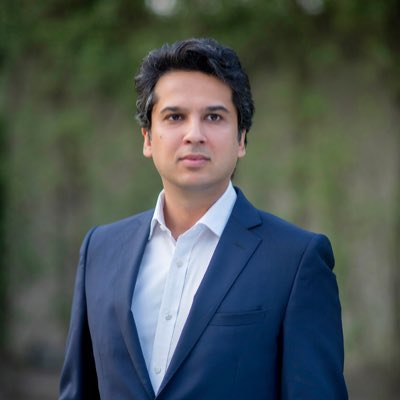
After the 7th NFC Award, federal transfers to Punjab almost quadrupled in the last 10 years from Rs300+ billion to nearly Rs1.2 trillion. How did then Punjab manage to reach this point, despite this significant increase in resources?
There are three patterns that define fiscal management in the last five years.
Firstly, after the 7th NFC Award, provinces were flush with money but had little capacity to spend. As a result, almost all provincial governments started having cash surpluses. The then chief minister of Punjab was quick to realise this opportunity and adopted a new model to put this money to use. Scores of Section 42 companies undertook mega projects in energy, roads, municipal services and mass transit. The model was so effective in utilising funds that soon its appetite for resources far outstripped the resource inflow. The annual development programme that was merely Rs150 billion 10 years ago, grew more than four times to a whopping Rs635 billion by 2017-18. Much of this increase was financed by stretching all possible sources and diverting all funds towards priority projects.
The last government’s infrastructure-led strategy overshadowed almost all other aspects of development. Looking at the last five years’ development allocations for education, health, sports, environment and infrastructure, it becomes clear that 66% of allocations went to infrastructure as opposed to 19 and 13% for education and health, respectively. Higher budget utilisation further enhanced its share to almost 70%.
The second pattern was ballooning of commercial debt owing to large-scale commodity operations, riddled with corruption and leakages, to finance inefficient wheat subsidies. Debt for commodity operations grew from almost nothing to Rs446 billion in 2017-18. A research paper by Ahsan Rana shows that last year, the bank mark-up alone accounted for more than 70% of the cost of wheat procurement in Punjab with almost no benefit directly passed on to small farmers.
The third pattern is the tremendous growth in public spending, outpacing GDP growth. Government spending grew by 15% while the development spending grew by 25% every year, during the last five years, as opposed to average GDP growth of 4-5%. Expenditure on pensions rose by 23% a year since 2013. Ironically this growth does not reflect the impact of 460,000 employees who were regularised at the very end of the last government’s tenure.
These figures depict an expansionary fiscal policy, whose effects are going to last much longer. Increases in recurrent spending are hard to reverse, whereas development spending is likely to create new recurrent costs and a permanent drag on the budget for future years. Such drag could come in the form of subsidies for mass transit projects, interest payments and salaries and maintenance costs for new facilities.
These issues all put together have created immediate financial distress for the provincial government. And with the IMF looking for a possible reduction in provincial share in the NFC, the challenge can get compounded, with hardly any money left for new development.
With a modest budget, the provincial government may possibly avert this crisis. But a course correction is in order to keep a check on government’s size, reprioritising Punjab’s resource allocation, doing away with commodity operations and mobilising private financing for infrastructure through public-private partnerships. Most importantly, if the government wants to move away from the model of mega projects, it should start investing in local governments’ capacity to use them as vehicles for local spending.
Published in The Express Tribune, October 16th, 2018.
Like Opinion & Editorial on Facebook, follow @ETOpEd on Twitter to receive all updates on all our daily pieces.




1721805490-0/BeFunky-collage-(14)1721805490-0-165x106.webp)














COMMENTS (2)
Comments are moderated and generally will be posted if they are on-topic and not abusive.
For more information, please see our Comments FAQ